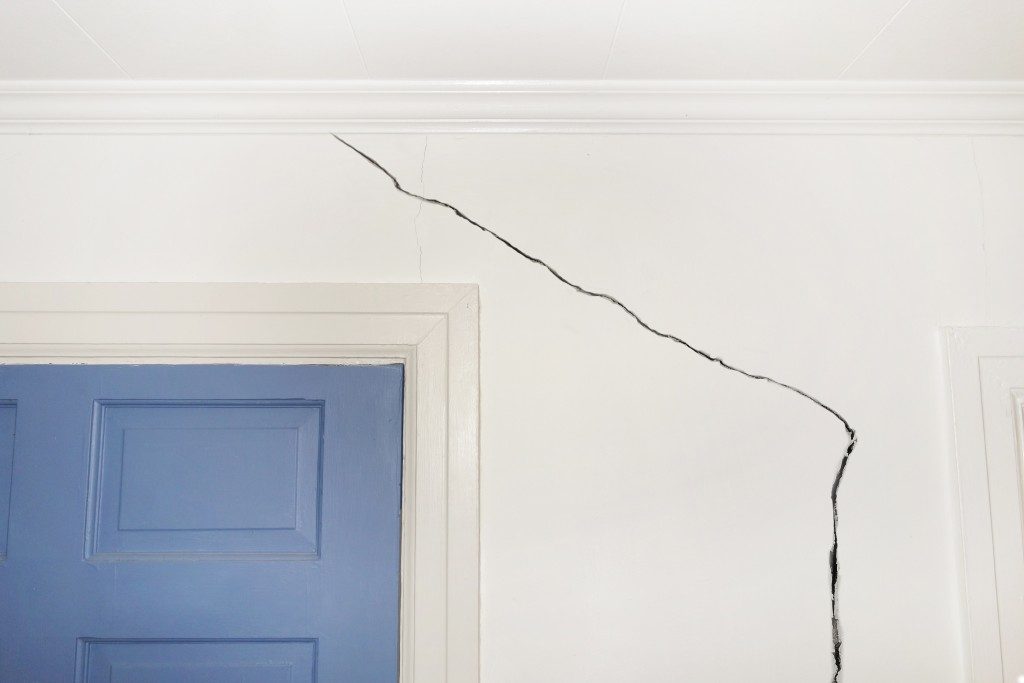The healthiest and happiest people live in Utah, but not all is sunny in the Beehive State. Living elevated comes with a few downers, one of which you probably experienced recently.
Earthquakes
The 5.7 magnitude earthquake that hit the Salt Lake City area sent people into a panic. Power went down, phone lines were cut, and even flights got diverted. People flocked to the streets in fear of their house or a building collapsing, with some breaking their self-quarantine for the COVID-19 pandemic. Close to 75,000 homes were without power, and a multitude more had properties that took damage.
Utah experiences more than 2,000 earthquakes per year. Most of them are undetectable without the right equipment (most earthquakes under 2.5 magnitude aren’t felt and cause little to no damage). The constant quakes can, however, cause progressive damage to certain structures.
It’s important to inspect your house regularly, but most especially after a quake like what happened in Salt Lake City. You need to maintain and repair your concrete floors and walls promptly. There’s nothing you can do about shifting tectonic plates, but a bit of preparation can keep you safe. Apart from having well-maintained concrete at home, you can take cover underneath a solid structure (table or reinforced archway) and get outside as soon as possible.
Inversion
Earthquakes are rare, but inversions are a yearly thing. Winter inversions turn the city upside-down, filling the air with pollution and particulates. The problem is so severe that the state government requires children to stay indoors and advises adults to wear a mask when they go outside.
While the topography of Utah makes inversion inevitable, you can take measures to reduce your contribution to the pollution and particulates in the air. Switch to gas ovens and furnaces that burn cleaner and don’t produce particulates (the government even has a buyback program), and give your car a tune-up to reduce its emissions. The biggest way you can reduce your carbon footprint is by going solar. Utah uses a lot of coal to generate power, so going solar lightens the load on power plants. Utah offers generous solar incentives, and a residential solar system can pay for itself in eight to 12 years.
Ultraviolet Radiation

Utahns love the sun. Sadly, the sun doesn’t love them back. Utah has one of the highest rates of skin cancer and melanoma in the nation, primarily because of ultraviolet (UV) radiation. There’s a link between elevation and UV concentrations — the higher the elevation, the higher the concentrations of UV. Salt Lake City residents are exposed to almost 30 percent more UV, and Park City residents get exposed to 50 percent more.
Sunblock is a good way to stay safe under the sun, but you’ll need additional protection because of the increased concentrations of UV. Wear protective clothing such as hats or long sleeve shirts, or bring an umbrella to block direct sunlight.
Protect yourself from the sun, the air, and the ground. Utah may have its downsides, but they’re a small price to pay for living the high life.

